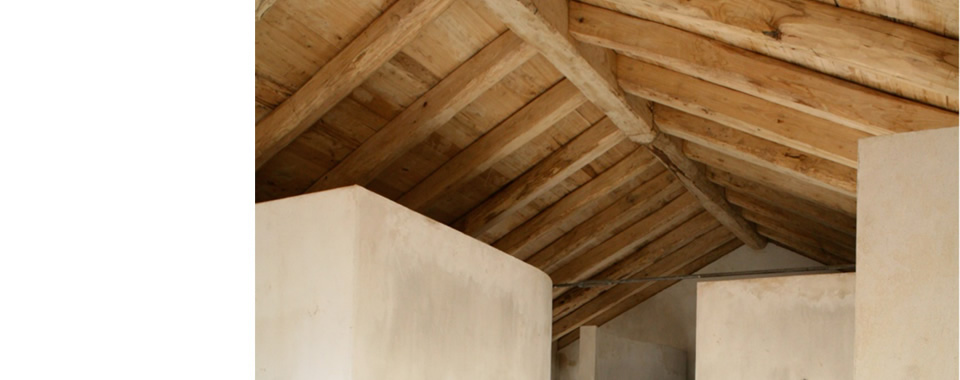

Score - Sustainable Construction in Rural and Fragile Areas for Energy efficiency
Guidelines for Integrated territorial Planning:
Passive solar
The following guidelines come from a deep analysis of case studies, norms, and regulations, relating at both national and regional levels. This analysis is summarized in a card that can be downloaded in French language.
Passive
solar energy contributes to regulate energy transfer between outside and inside
a building, using the properties of building materials to keep free solar
gains.
Easiest
solutions are glass surfaces and Trombe wall. More and more, solar gains in new
buildings are being studied. To
the contrary, it is more difficult in refitting projects in which more precise
studies must be implemented to find compromise solutions (structure, cost,
architectural background, way of using the building). In some cases, it allows
re-employing old construction built in 60-70’ with a low-architecture-level. To
be more efficient, passive solar must combine well situated glass surfaces
(South-East or South-West) with high inertia wall-covering (concrete). These
two characteristics (existing materials and orientation) are sometimes obligatory
in refitting. Then,
it is sometimes difficult to find craftsmen with passive solar skills, able to
work together (specialist in metal fitting, wall-covering, heating). For
bigger projects, it’s more convenient that consultants work on projects very
early, to choose more suitable architectural solutions.
Indication for the bio-construction action plan
Pursuant to the guidelines written above, here are
synthetically reported the criteria/examples for pilot projects to be financed in MED territory, in relation with the
specific treated theme.
Bio-climatism,
being integrated in thermal regulation RT 2012, is well studied by
professionals. However, a common computer tool would have to be used to pay
attention at bio-climatism at the first stage of the project. It would
contribute not to increase costs in a too-high way, during this part where
budget is usually really controlled.European
programs would be interesting to be implemented to deep on these topics.
Software already exist but are not sufficiently used. An advertising campaign
for architects and engineers schools would contribute teaching users to new
technologies.Another
campaign relative to the efficient solution Trombe-Wall could be done even if an specific know-how is
necessary.
Possible criteria for MED bio-housing quality certificate
Environmental certifications don’t really concern passive solar solutions except by referring to the French Thermal Regulation criteria (Bbio - heating, cooling and lighting). Into the Franche certifications HQE or H&E, this topic is described through architectural arguments and not performance.
Case studies
The case study relative to “Passive Solar” is given inside the card in French language that can be downloaded below, notably in “VAUGNERAY”or “PARC ECO-HABITAT”
